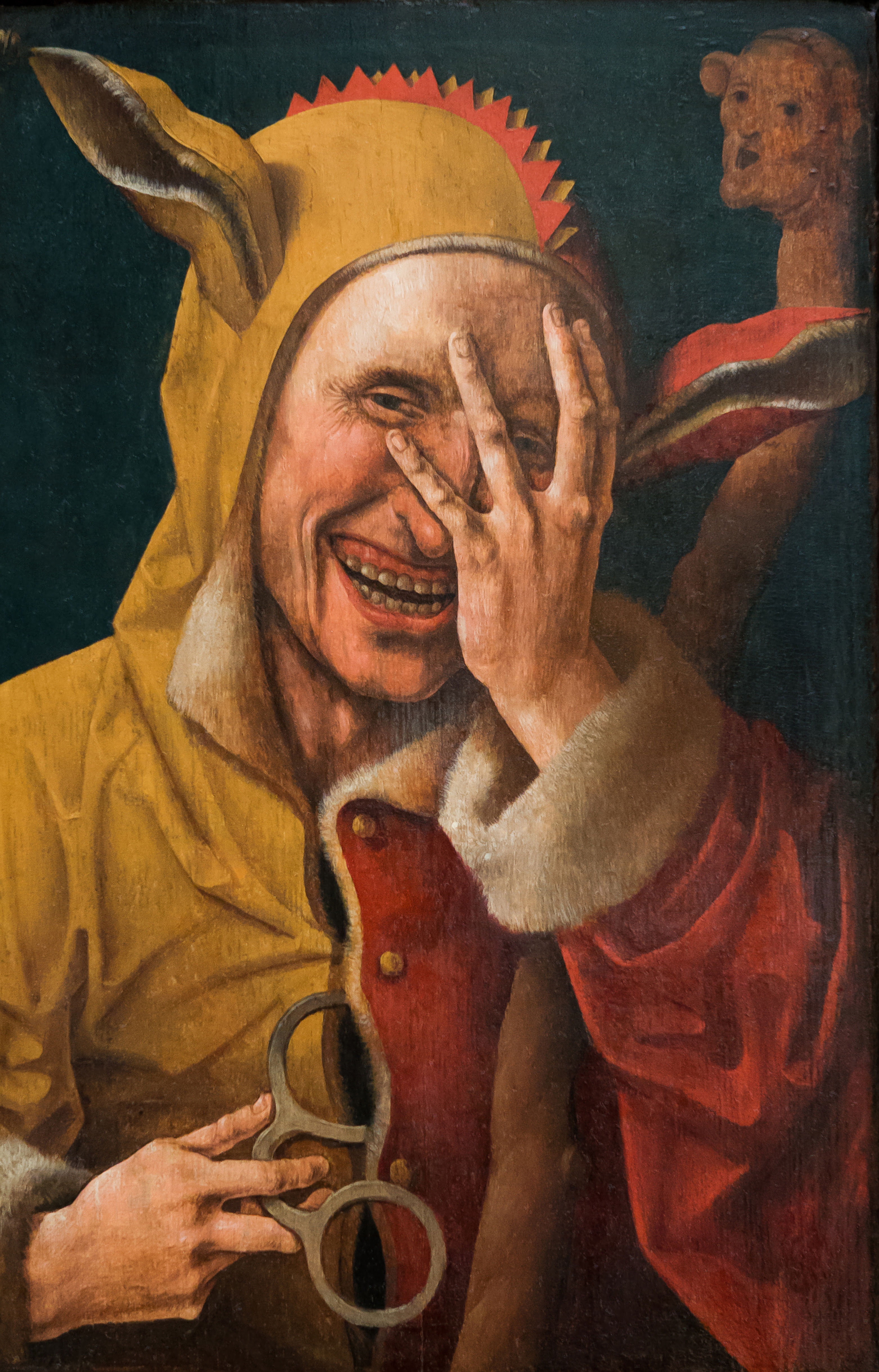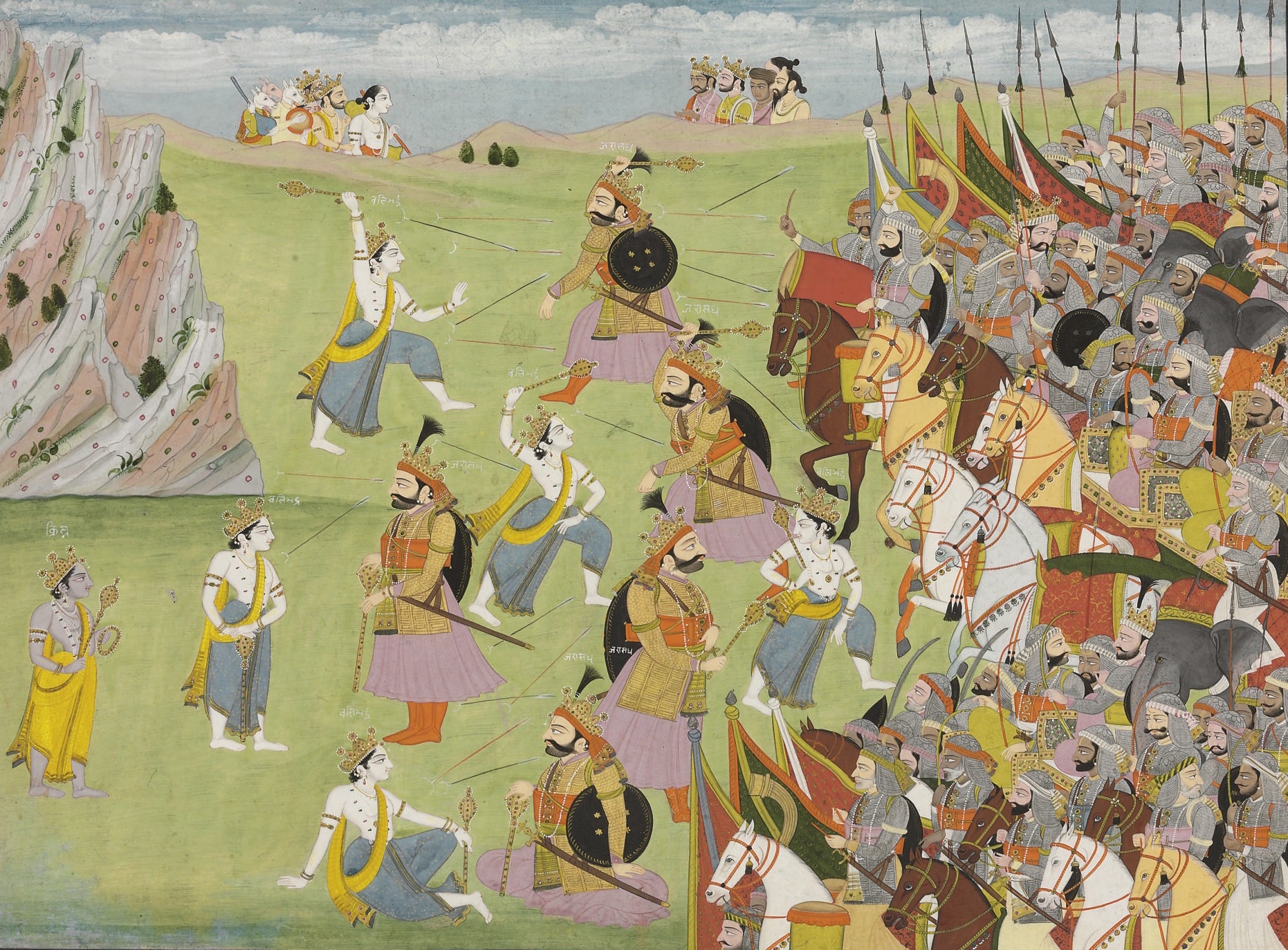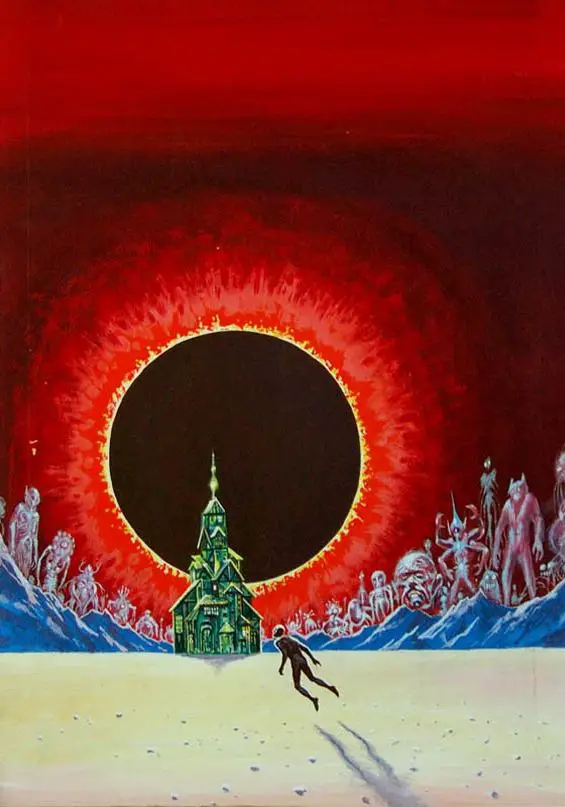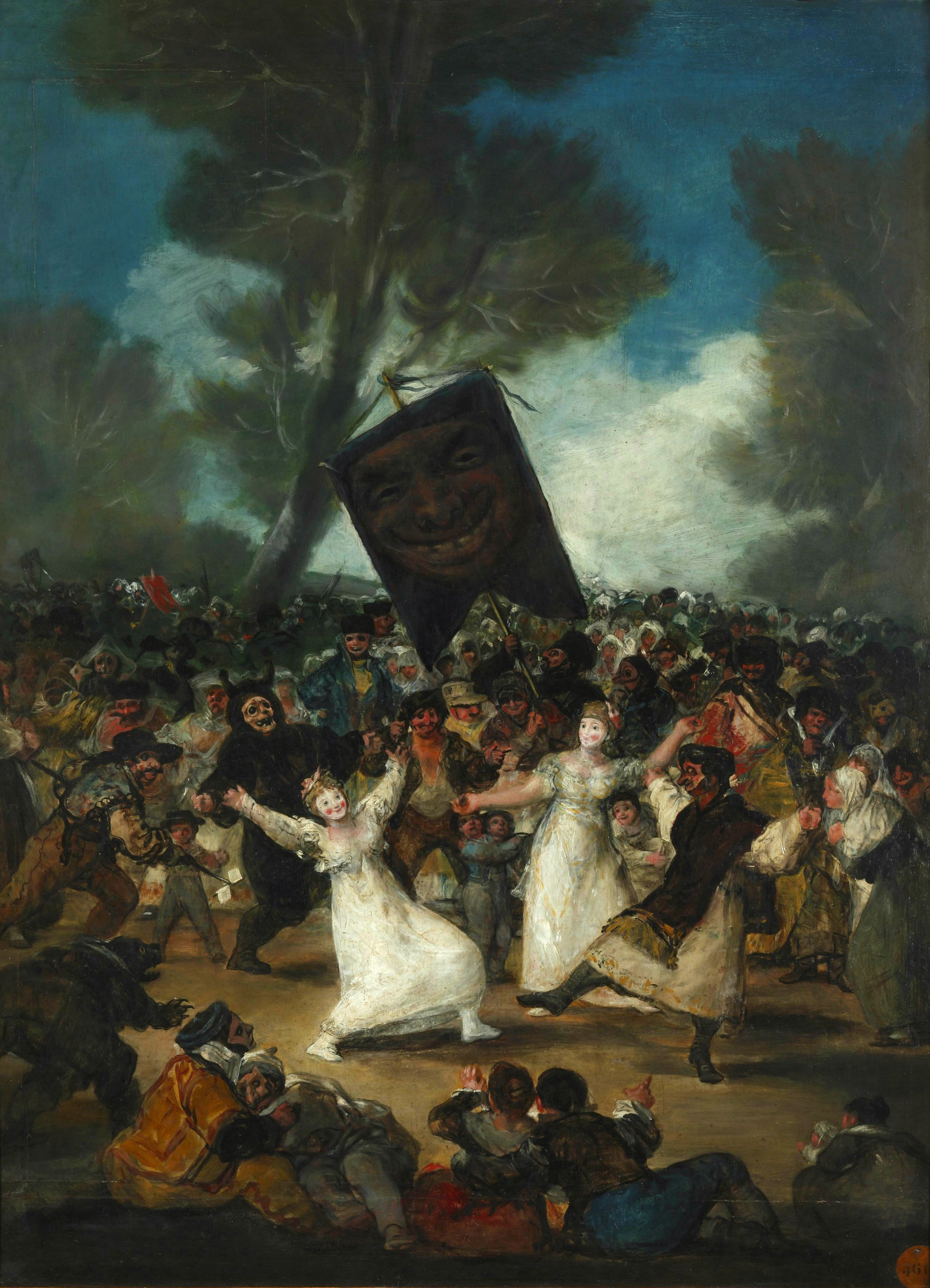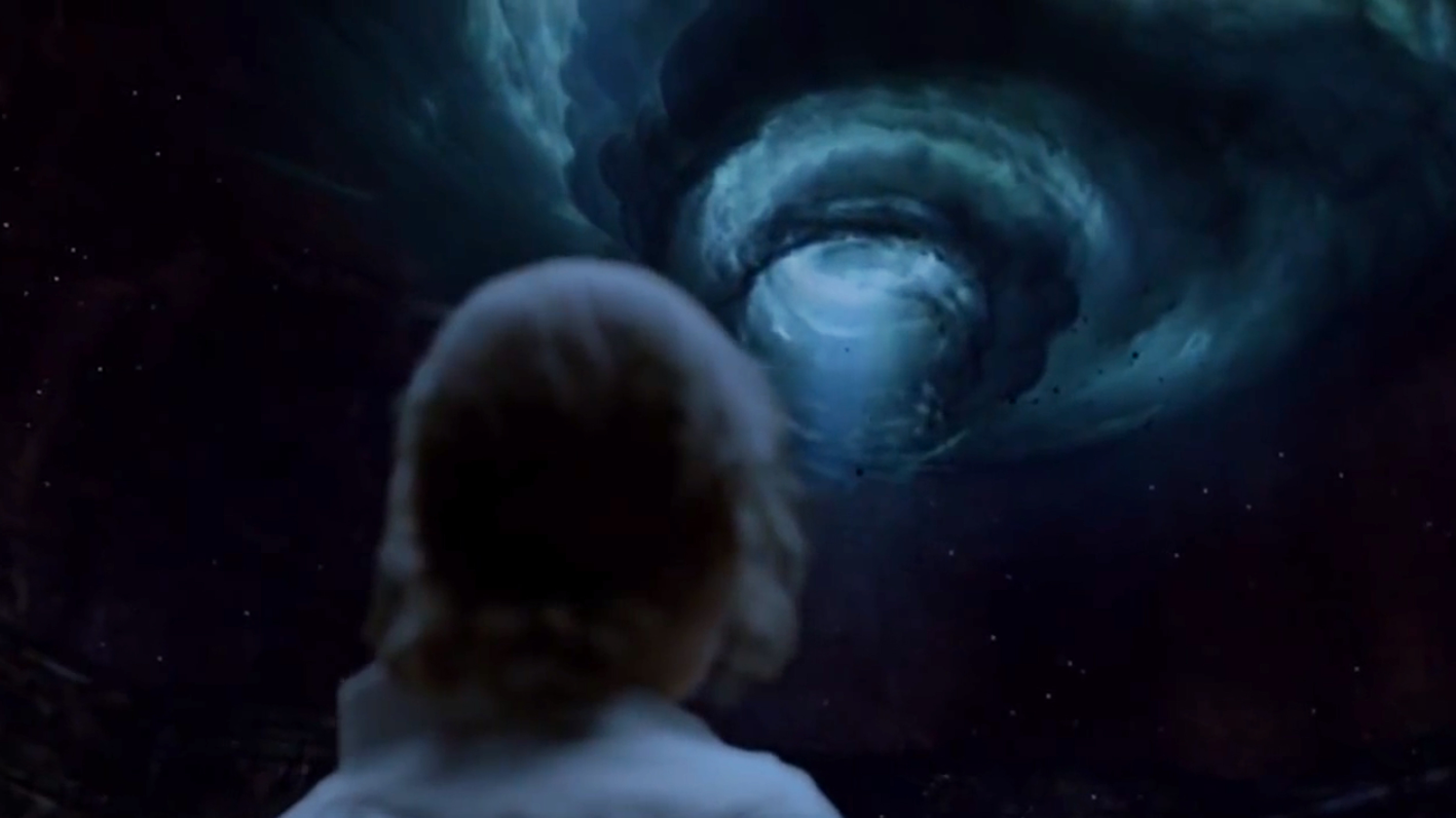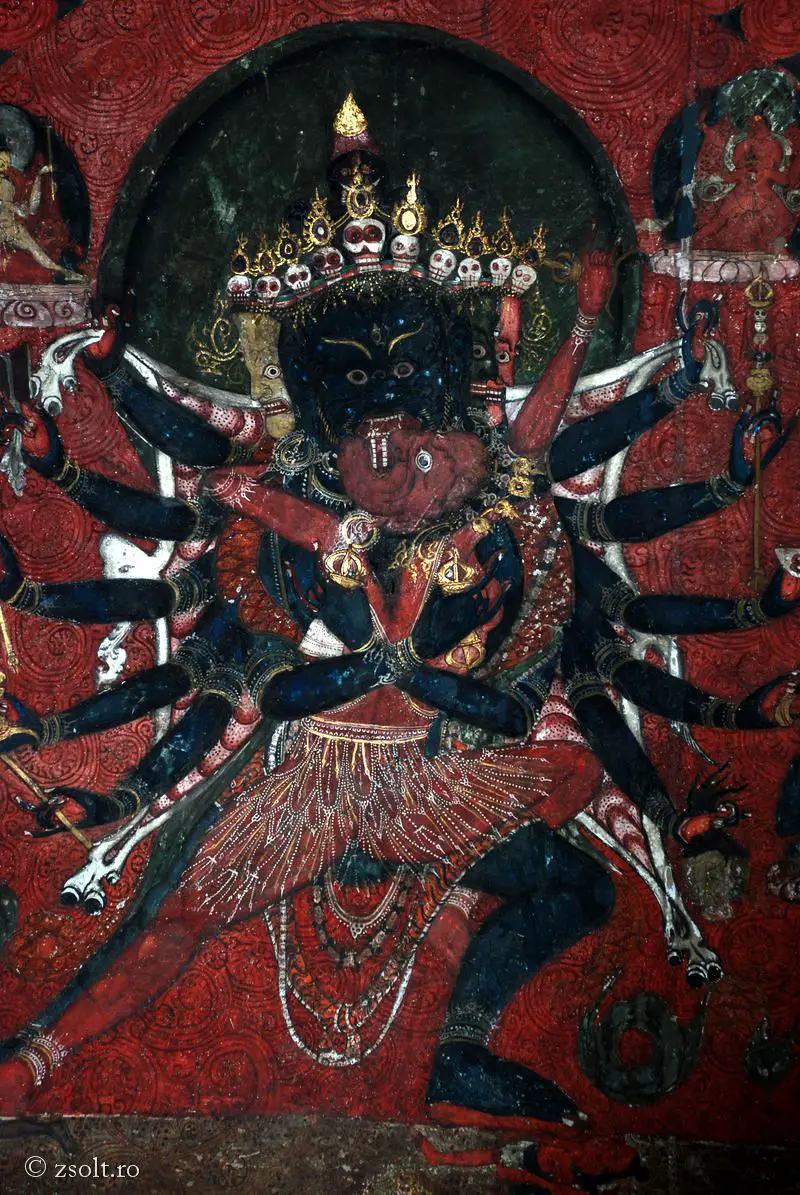Tag: Death
Kernunnos: or of the perennial renewal of the cosmos
Primordial epiphany of the giver of life and death, archetypically connected to the dark forces of the natural world, the Celtic Cernunno was not only god of hunting and wild nature, but a real "cosmic god" ruler of the cycle of death-and - rebirth, as evidenced by the symbols attributed to it by traditional iconography: the stage with cervine horns, the torques and the horned snake.
The mask of the Daimon: Gustav Meyrink and the "Metamorphosis of the blood"
Thanks to Bietti editions, "The metamorphosis of blood", a spiritual autobiography of Gustav Meyrink, an Austrian writer of the early twentieth century, whose literary mythopoiesis was influenced by his esoteric and occult studies, is an ideal continuation of the collection of essays "At the frontiers of the occult”Recently published by Arktos editions.
Fools, shamans, goblins: liminality, otherness and ritual inversion
The peripheral location of the Folle / Buffone / Jester of the medieval era links him, as well as to the archaic Shaman, to other liminal characters of myth and folklore, such as the Wild Man, Harlequin, the Genius Cuckold and more generally to all that category of feral entities connected on the one hand to the demons of vegetation and on the other to the functional sphere of dreams and death. With regard to the rite, the Folle is to be seen connected to the so-called "ritual inversion" that was carried out during the Roman Saturnalia and during all those collective walking rituals of the Charivari type from which the "Feste dei Folli" were born in the Middle Ages. and the modern Carnival.
The suffering of the earth: overpopulation and the myths of depopulation in India, Iran and Greece
The mythologem of "cosmic weariness" and "earth suffering", which inevitably follows a divine action aimed at depopulating the planet - whether it be a war between gods or a deluge sent from heaven - to balance its irremediably compromised equilibrium, is finds with notable correspondences in different Indo-European traditions, or rather Indo-Mediterranean ones: in India and Iran as well as in ancient Greece, and partly also in the Old Testament tradition.
“At the wall of time”: the question of history and the crisis of the modern world
Ernst Jünger's work on cyclical time, published 60 years ago, marks the apex of what was called the "culture of the crisis", a current of thought focused on becoming aware of the drama of History and Historicism and on the image of time as an impetuous flow that overwhelms everything: intuitions that, before Jünger, were brought to the surface by Oswald Spengler, René Guénon, Julius Evola and Mircea Eliade.
"The House on the Abyss" by William Hope Hodgson
A descent into hell turns into a space-time wandering. On the threshold of the twentieth century, the traditional katabasis is now tinged with the gloomy hues of already Einsteinian cosmicism. In a universe that has lost its center for centuries, WH Hodgson tries for the last time to get an overview of the Whole. The vision that he gives us is that of a universe without holds, in perennial decay, dominated by unknown forces that embody chaos and death, anticipating what will be the typical nightmares of HP Lovecraft's sepulchral nihilism.
On the "duende" by García Lorca and the "spirit of the earth" by Ernst Jünger
A few notes on the correspondences between the duende, "occult spirit of aching Spain" according to Federico García Lorca, and the Jüngerian "spirit of the earth", with some glimpses of Octavio Paz. In the appendix, a full-bodied extract from the text of the Spanish poet.
"True Detective": the Devouring Time and the Eternal Return
In view of the release, scheduled for January 14, of the third season of "True Detective", we propose to our readers the cycle of articles we curated for YAWP on the esoteric elements of the successful television series.
Shiva Bharaiva, the holy city of Varanasi and the Axis Mundi
Analysis of the myths concerning the divine figure of Shiva Bharaiva, the Linga of fire, the holy city of Varanasi, the symbolism of the "great universal crematory ground" and initiatory death: sacred geography of death and liberation.
Hamlet, or of infinity and action
Mythical-anthropological portrait of the protagonist of one of the most paradigmatic Shakespearean plays: reflections on the Dionysian Man in front of Mælström and non-sense, on the "border" where Hamlet reigns as "Fool", on the existing dichotomy between visible-tangible and invisible -intangible.
The symbolism of the Spiral: the Milky Way, the shell, the "rebirth"
di Marco Maculotti
Having analyzed in recent months [cf. Cosmic-agrarian cults of ancient Eurasia] a series of rites, myths and deities connected to the theme of cosmic rebirth, we want in this appointment and in the next ones to focus our attention on some symbols, which we have already mentioned, which archaic man recognized as images capable of eschatologically raising him towards the understanding of this mystery.




